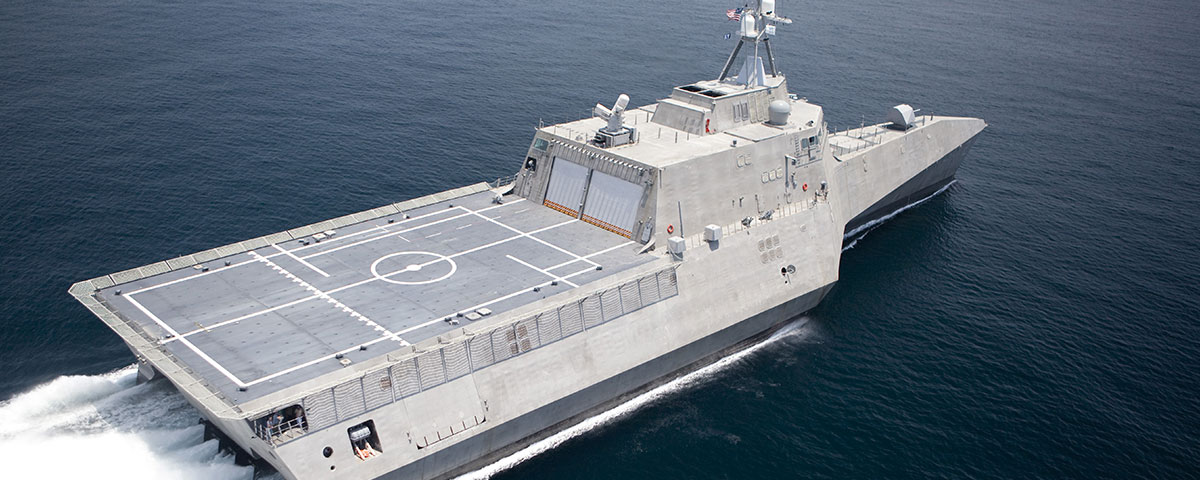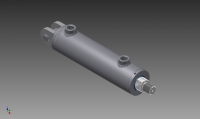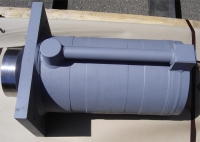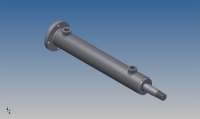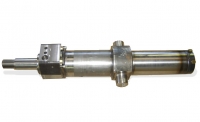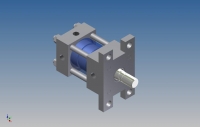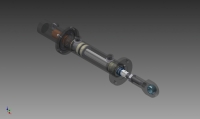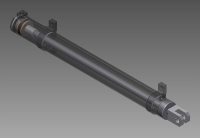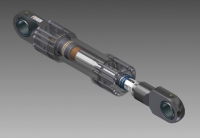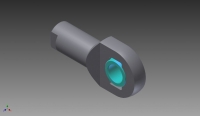Austal launches second Independence Variant LCS
In January 2012 Austal launched the second Independence Class variant LCS "USS Coronado" at their Mobile, Alabama yard.
“Coronado”, the second Independence-variant Littoral Combat Ship class vessel was christened on January 14, 2012 during a ceremony at Austal’s shipyard in Mobile, Alabama, USA. The ship’s proven trimaran-hull design offers superior manoeuvrability and stability, endurance to travel 4,300 nautical miles at 18 knots, three weapon zones, capacity for any two mission packages simultaneously, and a flight deck larger than any other surface combatant other than aircraft carriers.
The 127-metre Austal trimaran seaframe is the platform for the LCS’s mission and weapon systems. This seaframe provides superior seakeeping and aviation as a result of its long, slender central hull and smaller side hulls (“amahs”). The trimaran hullform provides a large internal mission deck with a high payload carrying capacity. Located above the mission bay is the enormous flight deck capable of conducting dual H-60 helicopter operations. The vertical location of the flight deck on the trimaran hull form provides the highest flight deck elevation on a combatant ship other than a major amphibious vessel or aircraft carrier.
The launch of “Coronado” (LCS 4) closely follows the christening of the 103-metre USNS “Spearhead” (JHSV 1) and the celebration of the keel laying ceremony for “Choctaw County” (JHSV 2). Modular construction has also begun on JHSV 3 and “Jackson” (LCS 6) – the first of the 10-ship US Navy contract awarded to Austal, as the prime contractor, a year ago - in Austal’s 65,000 square metre Module Manufacturing Facility (MMF). Austal also has “Montgomery” (LCS 8) and JHSV 3 through JHSV 7 under contract.
For the LCS and JHSV programs, Austal is working in a partnership with General Dynamics Advanced Information Systems, a business unit of General Dynamics. As the ship systems integrator, General Dynamics is responsible for the design, integration and testing of the ship’s electronic systems including the combat system, networks, and seaframe control. General Dynamics’ proven open architecture approach provides affordable capabilities to the fleet quickly and efficiently.
Many thanks to Austal for photos and story.


